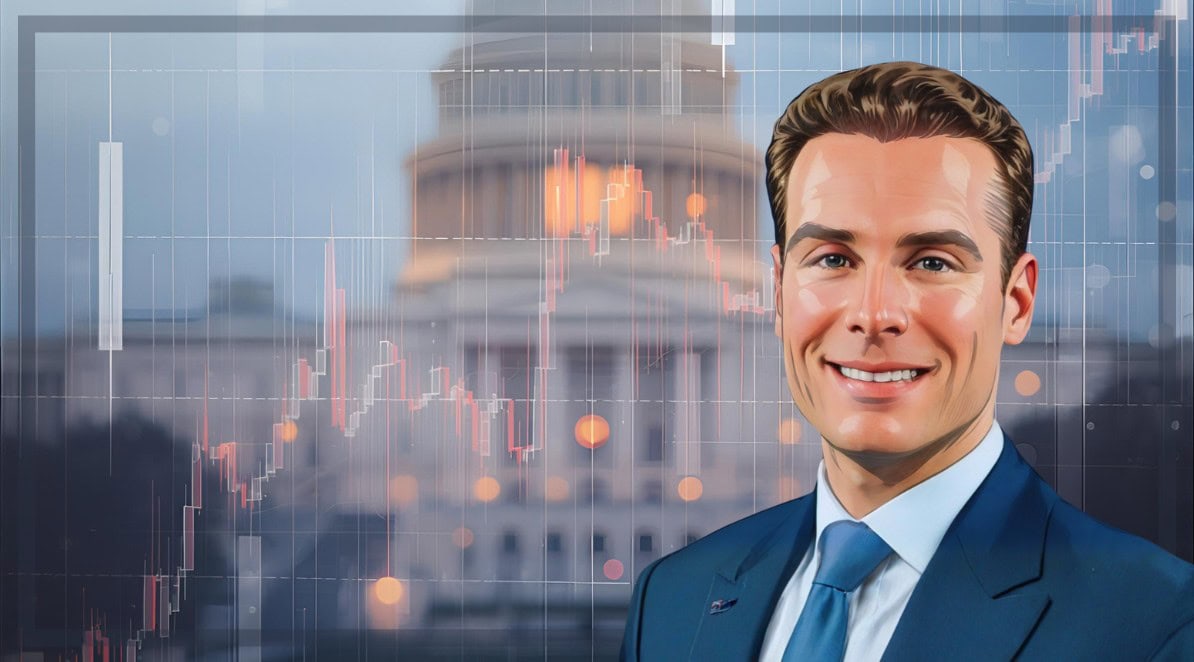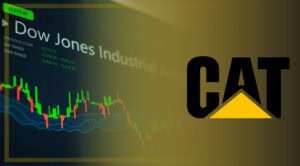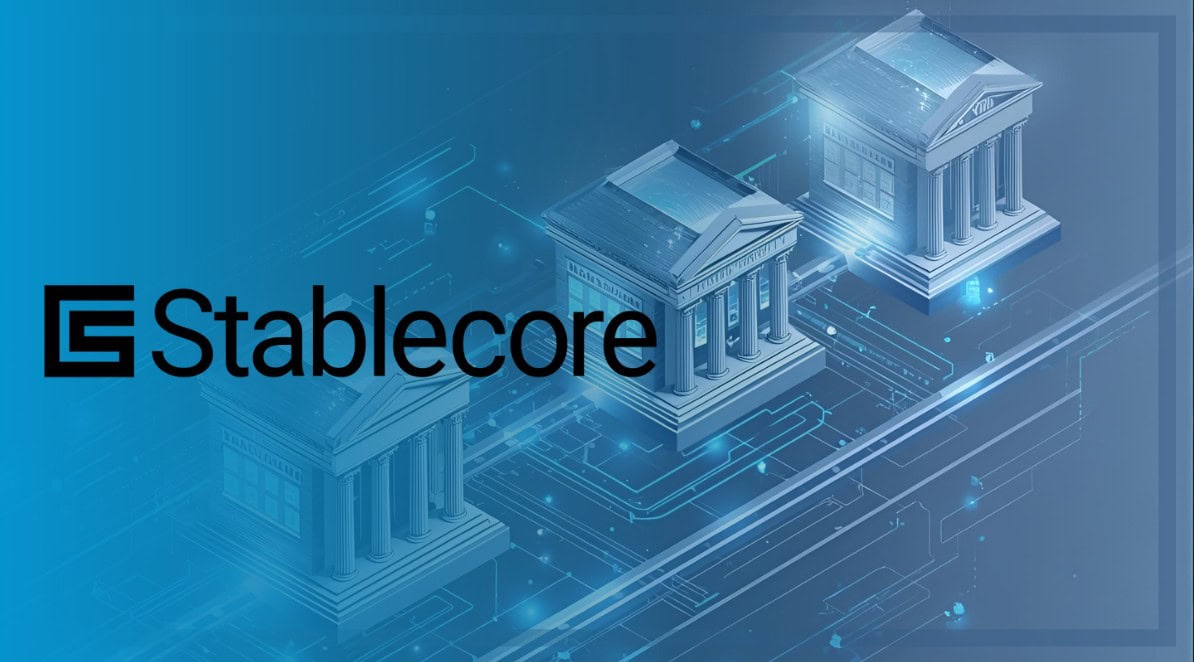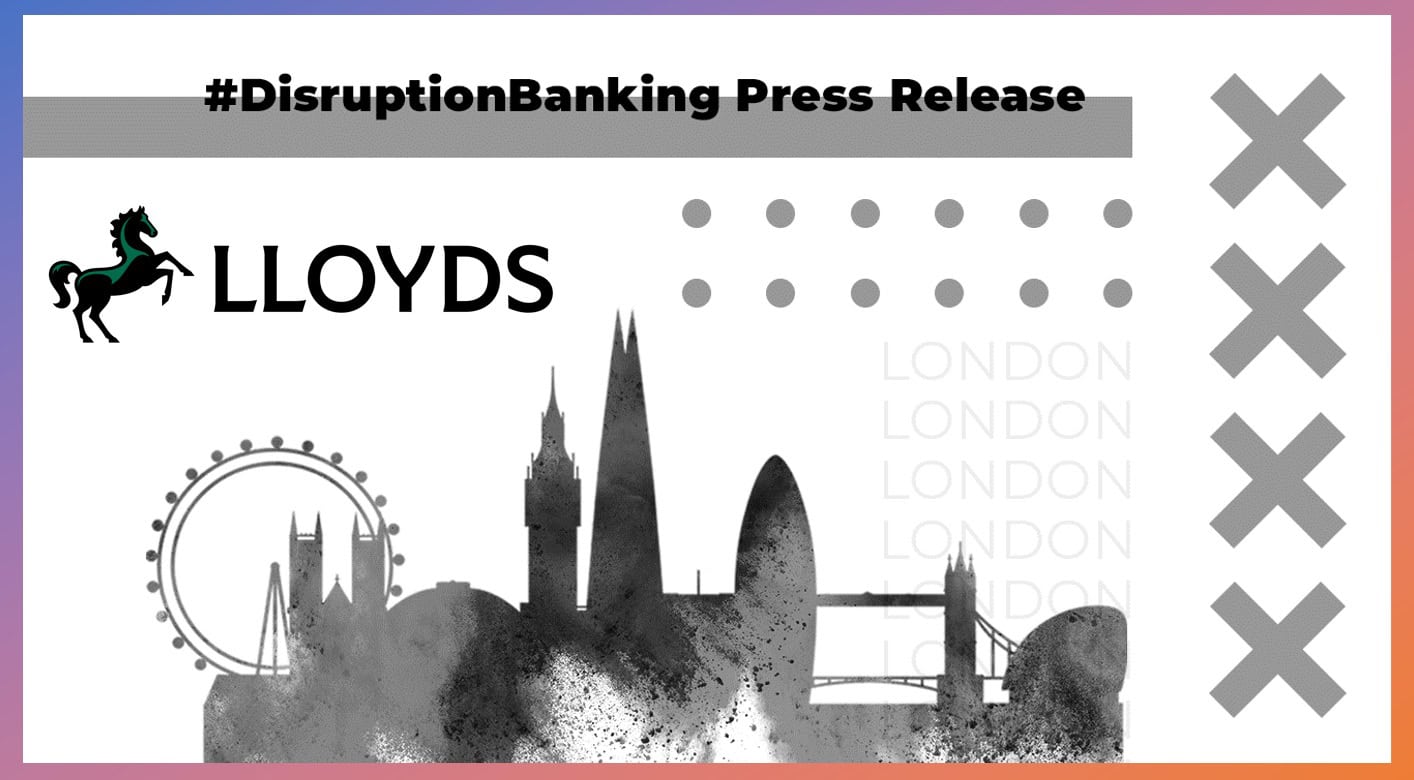Risk. Some financiers like to manage it; others like to take it, in the hope of making bigger profits. At its worst, the latter approach can lead to moral hazard – sometimes known as taking said risks with other people’s money. In the second part of a series on AI in financial trading that follows on from an earlier article about Python, today Disruption Banking looks at how artificial intelligence is playing an increasing role in warding against both rogue trading and honest mistakes.
“AI can aggregate and analyze global trade flows, pricing trends, and regulatory changes,” explains LiquidX, a purveyor of digital finance products. “This gives trade finance teams valuable insights into emerging opportunities and risks.”
These AI-driven approaches to analysis, it adds, “support smarter portfolio diversification strategies and can help spot opportunities when they emerge.”
Core Concern
If you’re trading things like futures, risk management is of key significance. It’s not hard to see why – predicting the future is a risky business, especially when it involves large chunks of (other people’s) money.
“Risk management is a core concern in futures trading, given the high leverage and rapid price swings involved,” says trading platform and AI tool provider Devexperts, citing a recent industry survey by Evergreen that found nearly seven in ten firms rank AI-driven risk management and compliance initiatives as a top strategic priority.
It adds: “Institutions like exchanges, clearing houses, and banks are deploying AI to achieve more proactive and precise risk management in several ways.”
🧠 AI in Finance – Episode 1: Smarter Lending Decisions in Banking
— VNGRS (@VNGRS) July 11, 2025
A major bank’s credit scoring model was having trouble capturing short-term behavioral risks, leading to misaligned credit offers and missed opportunities for early intervention.
At VNGRS, we designed and… pic.twitter.com/kgNXhJ8Rvi
Time Equals Money: Mitigating Compliance Costs
Compliance costs money. On average a large bank can spend from $25-42 million a year on mitigating risk, if you factor in anti-money laundering (AML) measures and sanctions for failing to meet regulatory requirements.
We’ve long known that time equals money. One way in which AI can help cut costs is by expediting the task of compliance itself – Ernst & Young (EY) claims that financial analysts can spend 25-30% of a transaction time making sure the regulatory do’s and don’ts have been duly covered.
Further confusion arising from misclassification of risk can exacerbate this problem. EY adds: “The bank’s initial screening processes can often lead to a high rate of ‘false positives’ – which are eventually proven otherwise.”
Aveni claims AI-based platforms can cut problem resolution times by nearly two-thirds, citing as an example one insurer that used Natural Language Processing (NLP) tools – regarded as a cornerstone of AI compliance products – to weed out around a sixth of its polices as potentially misselling.
Big AI is Watching You
Dodgy trading practices have become the stuff of legend in the financial world. The likes of Nick Leeson serve as dark poster children for illegal rogue trading – but today’s wannabe trader badboys might not get away with it so easily. AI’s advocates claim the technology can help see off these threats as well as spot honest mistakes.
“AI algorithms excel at identifying anomalies or suspicious patterns in trading data that could indicate errors, fraud, or emerging risks,” says Devexperts. “Deep learning models can analyze market data and client behavior to flag unusual trading patterns, detect insider trading, or prevent market manipulation.”
Aveni claims sophisticated AI-driven algorithms can scan over 10,000 customer interactions per hour, “reliably identifying risks such as unresolved complaints and instances of vulnerable customers.”
Furthermore, the risk of losing customers is also offset, by emotion-sensitive NLP software trained to spot online statements such as “this feels unfair” – what Aveni calls “sentiment analysis.”
Aveni also claims AI can pick up on misselling, because it has been trained to spot cases of over-promising, for instance an advertised product that claims to offer “guaranteed returns.”
Earlier this year, I spoke in Macau at the Asian Securities Finance Conference for PASLA – an association representing the interests of the securities finance market in the Asia Pacific region. Whilst there, I recorded an interview for their podcast.👇https://t.co/XbIk5nbGrr pic.twitter.com/M34YaljA9R
— Nick Leeson (@TheNickLeeson) July 7, 2025
A(I) Mixed Blessing?
But banks should be wary of assuming AI is going to take care of all their risk-related problems automatically – despite what the word “automation” implies – though the benefits are palpable.
“Fraud detection and business process automation remain the main areas of focus, as banks identify opportunities to replace manual processing and so increase speed, efficiency and accuracy,” says KPMG in its April 2025 summary of the impact of AI on European finance. “This is already producing significant cost reductions at banks on the technological frontier.”
That said, credit and liquidity AI modelling appears to have fared less well. “This is in part because existing models are already highly sophisticated statistical systems,” says KPMG. “This reduces the potential gains from using AI in these fields.”
Moreover, stringent regulatory requirements mean AI credit and liquidity models have to be approved by decision-makers, which can take time – and therefore cost money.
“As many banks have experienced, getting supervisory approval can be a lengthy and resource-intensive process,” says KPMG, in what it describes as “a further challenge to the business case for employing AI in these use-cases.”
Who Watches the Watchmen?
Naturally, the concept of using AI to police risk does not lack for critics. Kroll warned in January 2024 that the machine-based systems themselves pose a hazard to financiers.
“AI exposes financial services firms to a broad range of regulatory, legal and reputational risks,” it says. “These risks largely stem from AI’s inherent flaws. Because AI models make predictions based on defined datasets and assumptions, their results carry a risk of being skewed due to error and bias. Said differently, use of AI automation does not equate to accuracy or objectivity.”
Kroll further warns that AI data hallucinations – when a machine claims as fact something that is untrue – might “poison” data that “may then be fed into financial models or be used to influence investment research or portfolio management decisions.”
📌 Day 7–#AIGovernance Frameworks include 8 elements. One of those elements is risk management
— Jo Peterson (@cleartechtoday) May 8, 2025
Q: How do AI Governance and Risk Management work hand in hand?
A: AI governance and risk management are crucial for organizations leveraging artificial intelligence, ensuring… pic.twitter.com/hK43vGLFM4
A(I) Two-Edged Sword
While it may expedite risk analysis or even spot risks that a human or older technology might have missed, AI could also incur new hazards for companies that use it.
“Firms introduce internal risks when they intentionally onboard AI tools onto their platforms,” says Kroll. “Some of these risks are easy to spot. For example, AI’s inherent flaws may cause firms to generate inadequate research, false reports, inaccurate communications or misinformed investment recommendations.”
Unfortunately, others “are less obvious.” AI tools glean information through a common practice known as “web scraping” – which could land a financial institution in hot water if it isn’t legally entitled to use such data.
New Legal Challenges
“Likewise, firms’ possession of this data may trigger unique legal questions, such as [Health Insurance Portability and Accountability Act] HIPAA obligations or similar privacy requirements tied to the possession or use of underlying medical data,” says Kroll.
This problem is made even more complex when one considers that a granular piece of data collected by AI in good faith may not constitute personal identifiable information (PII) in and of itself – but when combined with other data in a set “may collectively present PII.”
“AI tools that collect from multiple data sources may inadvertently create PII, which the firms must take precautions to protect,” adds Kroll.
In the next two articles in this series, we’ll be taking a look at how financial firms on both the buy and sell side are using AI – and the pitfalls and hazards they face in doing so. Until then, stay legal!
#AI #FinancialRisk #Compliance #Regulation #RogueTraders #Futures
Author: Damien Black
The editorial team at #DisruptionBanking has taken all precautions to ensure that no persons or organizations have been adversely affected or offered any sort of financial advice in this article. This article is most definitely not financial advice.














